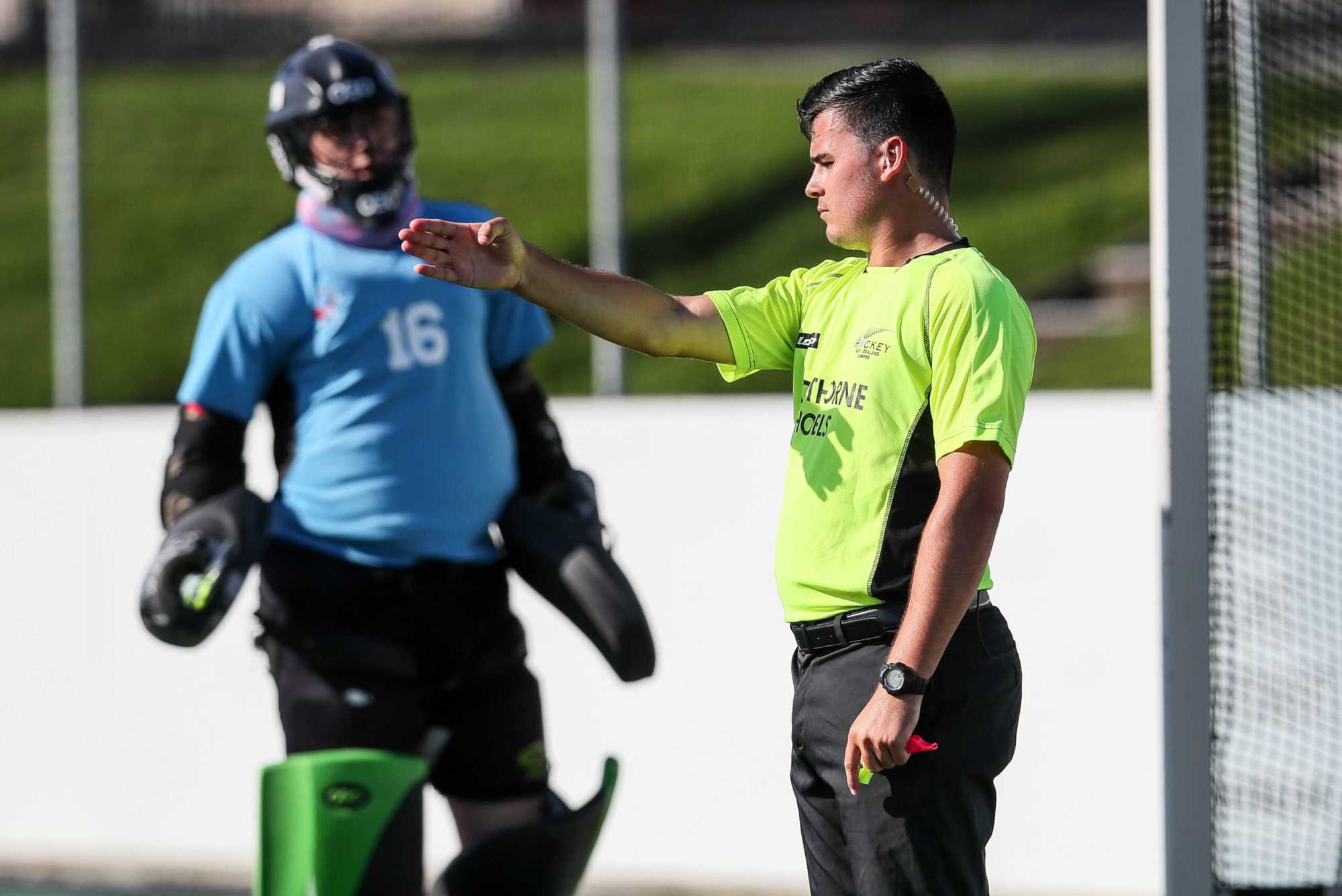
NEW RULE CHANGES AHEAD OF HOCKEY RESTARTING
Community hockey is being reintroduced in a cautious and methodical manner, based on the best available evidence to optimise participant and community safety. In order to be aligned to Hockey’s overarching “return to play” considerations; the following rule changes have been put into effect immediately:
Spitting & Bushman Nose Blowing
Spitting and bushman nose blowing (blowing your nose without a handkerchief or tissue etc.) is a practice that unfortunately occurs in our sport and must stop as it poses a significant risk to other participants
New Rule:
- A 2 min suspension (green card) to be issued to any player or participant caught spitting or bushman nose blowing.
- Repeat offenders (i.e. player(s) offending more than once) to be shown a yellow card (10 mins).
- Consistent repeat offenders will be subject to a Judicial process under Hockey NZ Code of Conduct Policy
- Standard suspension rules to apply
Umpiring Guidance/tips:
Apply this rule consistently to all participants (i.e. no exceptions). Safety is always a key consideration. Ensure players and team management are aware of new rule changes before starting a match. Proactive and preventative education of health and safety requirements is a key action/step.
Suspended Players
New Rule:
It is probable that in some cases technical benches, suspension seating (or similar) may not be in use. Accordingly, in these situations suspended players will be allowed to serve their suspension in their respective team dug outs where required at certain turf venues. All other existing suspension rules are to apply.
Other Important considerations/protocol’s:
Application of Rules
When umpiring hockey, our 2 key pillars are to keep the game fair and keep the game safe. As well as the technical appreciation of a rule, it is just as important to understand the intent/spirit of the rule to ensure the best practical implementation. Apply common sense, context, and a consistent application of the rules at all times.
Under the current Covid-19 environment, wherever practical the safety aspect now needs to be extended to include new procedures to reduce contact by players and participants to an absolute minimum. All participants have a personal responsibility to identify and adhere to best health and safety protocol’s pre, during, and post a hockey match. Accordingly, the following measures are mandatory until further notice:
Protective Equipment & use of face masks at Penalty Corners
All protective equipment, including face masks, gloves, (and any other defensive PC equipment to be used) are not to be shared under any circumstances. Accordingly, defenders at penalty corners will need to have their own identified equipment (e.g. coloured marking) to be allocated and worn solely by themselves.
All Penalty Corner equipment shall be cleaned and sanitised at home/away from the turf venue prior to each match .
Umpiring Guidance/tips:
Defensive players are now going to need sufficient time to identify and put on their own protective equipment. Umpires need to allow players acceptable time to do this. Umpires must still proactively manage the PC set up process.
All participants (players, coaches, managers, umpires, supporters etc.) have a personal responsibility to identify and adhere to best health and safety protocol’s pre, during, and post a hockey match. If umpires, or anyone else, has concerns about individual players or teams not following health and safety protocol’s then they should report this to their respective Association management/executive.
Goalkeeping Gear
No goalkeeping gear is to be shared during a match under any circumstances. In the event of a goalkeeper (injury or otherwise) needing to be replaced during a match, if no additional goalkeeper or cleaned alternative goalkeeping gear is available, teams will need to revert to playing with a full complement of field players (e.g. 6 aside, 11 aside, etc.) for the remainder of the match. All goalkeeping gear shall be cleaned and sanitized at home/away from the turf venue prior to every match.
Players Equipment
No individual players gear (sticks, shin pads, gloves) is to be shared under any circumstances. Mouthguards obviously cannot be shared, and players are strongly recommended to keep mouthguards in their mouth during the entirety of the match. Removal of mouthguards on the turf needs to be reduced to an absolute bare minimum. Mouthguards should be cleaned at home/away from the turf venue prior to every match.
Cleaning of Players Equipment
Individual players are strongly recommended to clean all their equipment (water bottles, mouthguards, face masks, gloves, etc.) at home/away from their respective hockey venue wherever practical (both prior to and after each match). Where required, Associations should have designated areas for cleaning of players equipment during a match.
High 5’s/Handshakes
We all know that these are no longer socially acceptable. However, the acknowledgement of teammates and opponents is an important part of our sport. As such all participants should be strongly encouraged to promote the “hockey handshake” as per the following link. We know many do this already but let’s get it out there.
https://twitter.com/Xenioshockey/status/1235819830562832384
The following measures are strongly recommended until further notice:
Injuries & Blood Protocols
No rule changes proposed; however, to minimize contact the following protocols are strongly recommended:
- Where practical any injured players should be treated by their own team members/management or medical professional
- Team Managers (or equivalent) should prepare and preplan what actions they need to undertake for injury situations
We also recommend that umpires and team management review and understand rules that apply to injuries and blood protocols, and also to check in with your Associations and turf venue to ensure that local procedures are in place and to have an awareness of what these protocols and guidelines are.
Match Balls
To minimize the number of touches/contacts to hockey balls, we recommend:
- Match ball to be cleaned prior to and at the end of every match
- Players are recommended to use sticks rather than handling hockey balls wherever practical
Coin Toss
Where a coin toss is required (e.g. starting a game, starting shootouts etc.), then the coin should be tossed by one umpire with a team captain/representative to call accordingly.
Match Card
The use, format, and completion of match cards will differ within Associations. Consider arrangements that will again limit touches/contacts by individuals such as:
- Team names and numbers are pre-printed
- Umpires fill out cards only from details provided by team managers
- Use of electronic match recording where practical
General
The above rules and recommendations have been put in place under the current requirements of Covid-19. This has been a rapidly changing landscape and a further review or update may occur.
Best of success to all our hockey communities, enjoy the return to play and keep safe.
For any further questions please reach out to
Colin French – Hockey New Zealand Technical Manager
E: colin.french@hockeynz.co.nz
Article added: Thursday 04 June 2020


